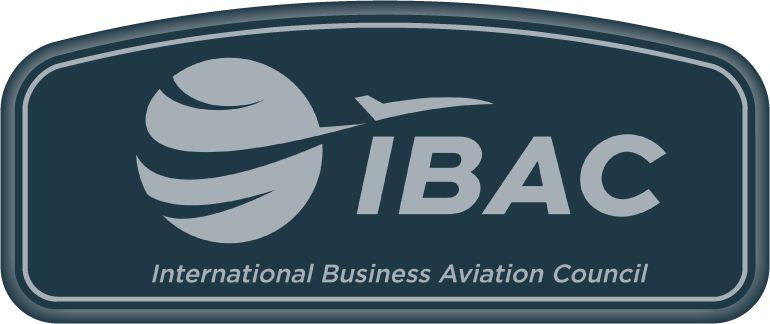Info
&
Insights
Making the Case: Convincing Executive Leadership of the Value of an SMS for Small Flight Departments
December 1, 2023

Implementing a Safety Management System (SMS) is a critical investment for small flight departments to enhance safety, improve operational efficiency, and ensure regulatory compliance. However, persuading executive leadership to allocate financial resources for an SMS can be a challenge. In this article, we will explore effective strategies to demonstrate the value and worthiness of an SMS for small flight departments, helping you make a compelling case to executive leadership.
Highlight Safety Benefits - The primary goal of an SMS is to enhance safety within the organization. Emphasize the potential reduction in accidents, incidents, and associated costs that an SMS can bring. Present statistics and case studies showcasing how SMS implementation has resulted in improved safety performance for similar organizations. Stress the importance of protecting the well-being of employees, passengers, and the organization's reputation.
Emphasize Regulatory Compliance - An SMS is not just a recommendation but a regulatory requirement in many jurisdictions. Highlight the consequences of non-compliance, including potential fines, penalties, and reputational damage. Demonstrate that implementing an SMS proactively ensures compliance with aviation regulations, mitigates legal risks, and positions the flight department as a responsible and reputable operator.
Cost-Benefit Analysis - Conduct a comprehensive cost-benefit analysis to demonstrate the financial advantages of implementing an SMS. Consider the potential savings in insurance premiums, reduced maintenance costs due to improved safety practices, and lower expenses associated with accidents or incidents. Additionally, highlight the long-term cost-effectiveness of preventing safety-related disruptions to operations and potential legal liabilities.
Operational Efficiency and Risk Management - An SMS streamlines operational processes, leading to improved efficiency and cost savings. Showcase how the SMS helps identify and manage risks, leading to optimized decision-making and resource allocation. Explain how risk assessments and safety data analysis enable the flight department to proactively address safety concerns and allocate resources effectively, resulting in a more efficient and profitable operation.
Industry Best Practices and Reputation - Implementing an SMS aligns the flight department with industry best practices and demonstrates a commitment to safety excellence. Highlight that an SMS enhances the flight department's reputation among customers, business partners, and industry stakeholders. Emphasize that investing in an SMS positions the organization as a preferred choice for clients who prioritize safety and provides a competitive advantage in the aviation industry.
Employee Engagement and Retention - An SMS promotes a safety culture and engages employees in safety-related activities. Emphasize the positive impact on employee morale, job satisfaction, and retention rates. Explain that investing in an SMS shows the organization's commitment to employee well-being, fostering a positive work environment and increasing loyalty among staff members.
Continuous Improvement and Future Preparedness - An SMS facilitates a continuous improvement mindset, allowing the flight department to adapt to changing industry trends and regulations. Stress the importance of future-proofing the organization by implementing an SMS that can evolve with the aviation industry. Demonstrate how an SMS provides a framework for ongoing safety enhancements, adaptability to new technologies, and the ability to meet evolving customer expectations.
Persuading executive leadership of the value of an SMS for a small flight department requires a strategic approach. By highlighting safety benefits, regulatory compliance, cost-effectiveness, operational efficiency, industry reputation, employee engagement, and future preparedness, you can make a compelling case. Effectively communicate the advantages an SMS brings to the organization's safety performance, operational excellence, regulatory compliance, and long-term sustainability. With a well-crafted argument that addresses the specific needs and concerns of the flight department, you can secure executive support and the necessary financial resources to implement an SMS, ensuring a safer and more successful aviation operation.
###





